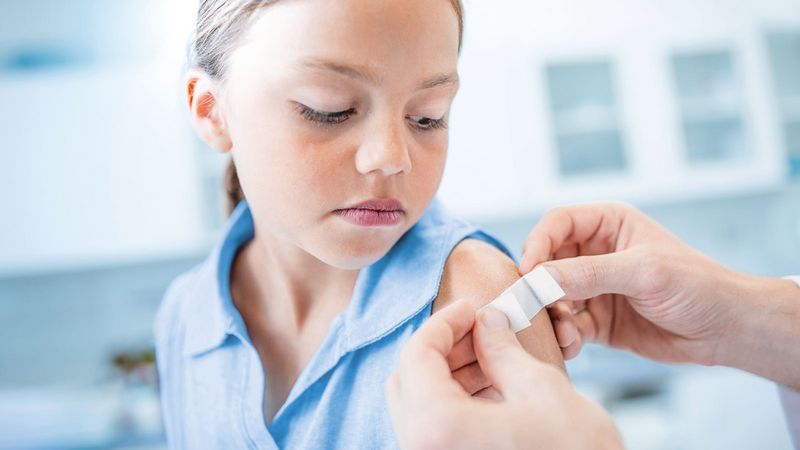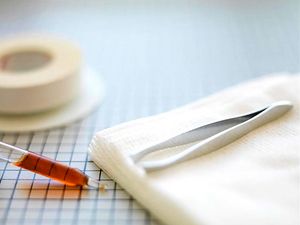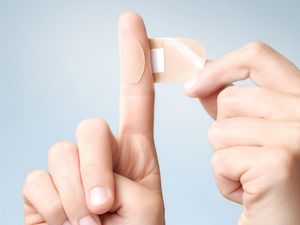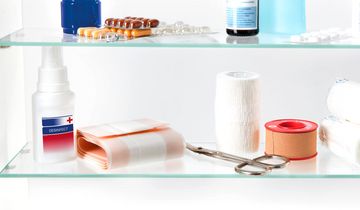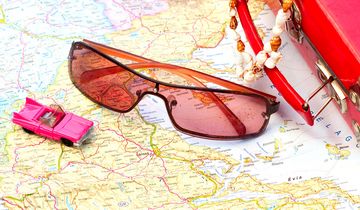First aid for minor wounds
Injuries can happen in an instant. They can leave behind wounds large and small, deep and superficial, straightforward and complex. But they always mean blood, risk of infection and pain for those who suffer them. And that is precisely what first aid has to focus on:
Stop bleeding, avert the risk of infection, alleviate pain
If you consider an injury serious, you should call a medical expert. But, as a first aider, you will still need to act. Blood loss and pain can cause shock, which is why the injured person should sit or lie down. Next, assess the wound.
